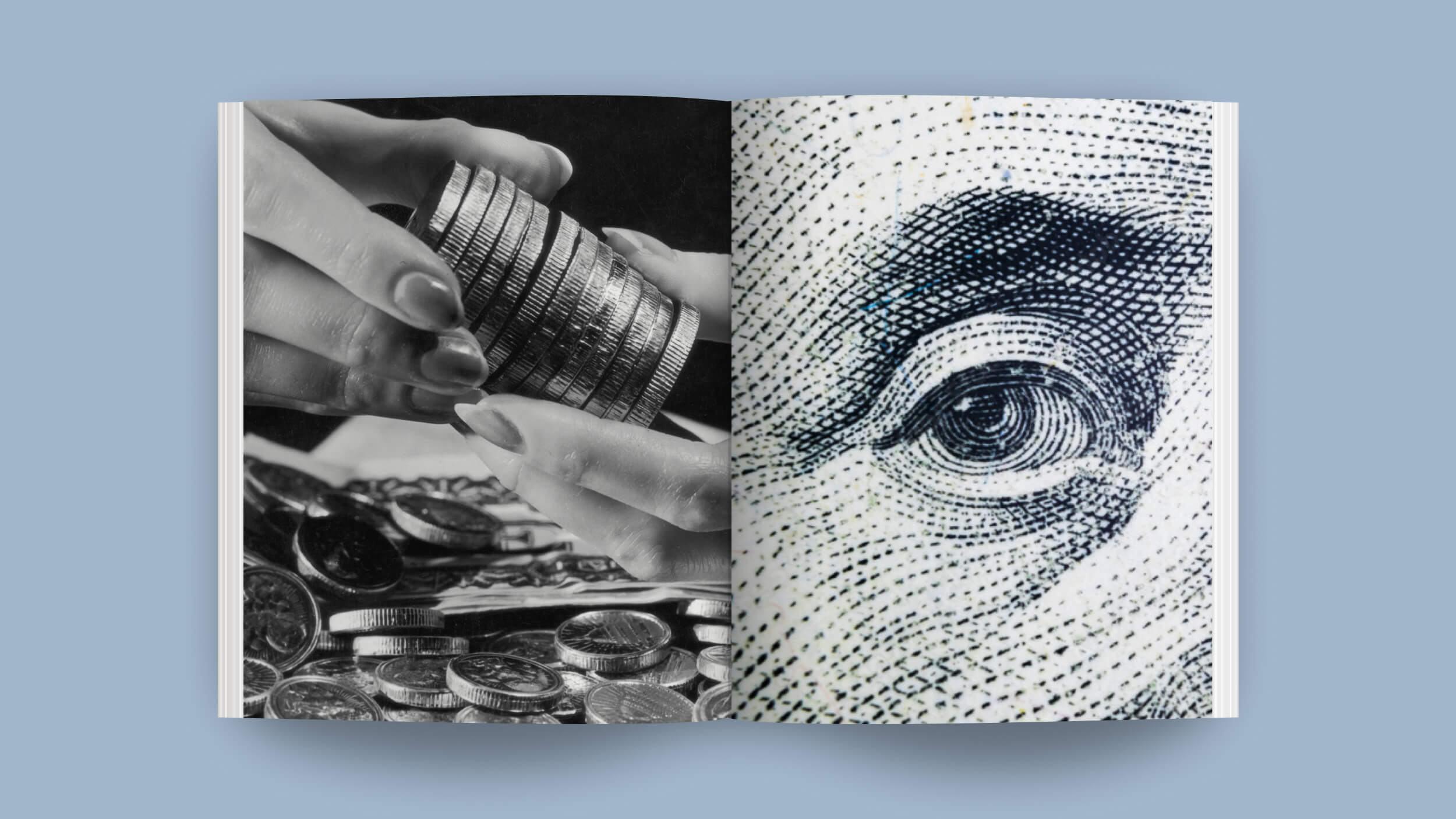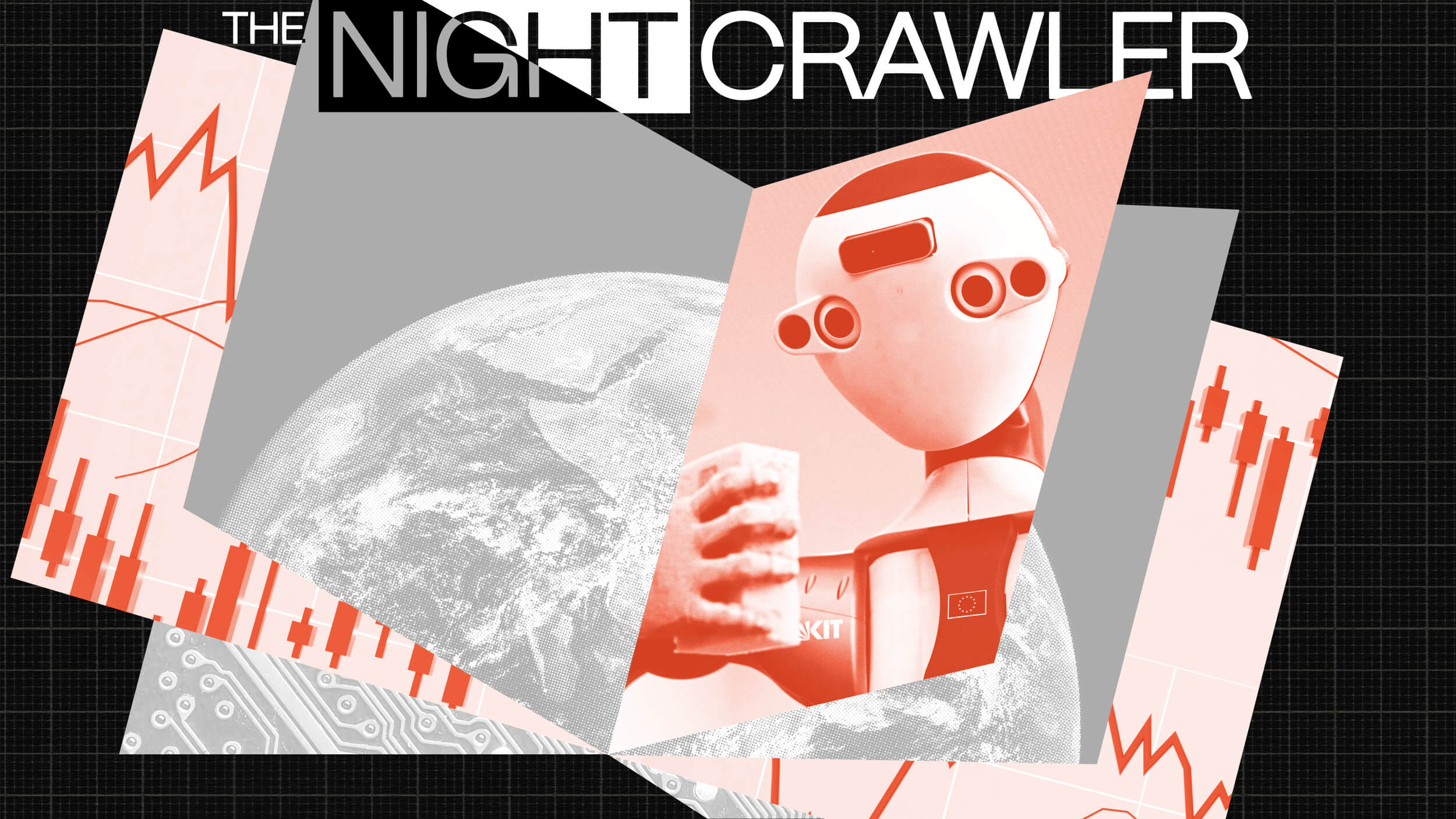5 effortless, science-backed changes to your isolation workspace that will improve productivity and mental health

Photo by Leszek Czerwonka on Shutterstock
- Maintaining a proper morning routine (which involves getting dressed in work clothes) and structuring your work-from-home day as you would any other in-office workday can help boost productivity.
- Organizing your work station (the height of your desk, the use of a proper chair, the cleanliness of your work area) can also impact your mood and productivity levels.
- Adding a sense of joy and fun to your in-home work environment helps improve your mental state and work ethic, according to designer Ingrid Fetell Lee.

“Enclothed cognition” is the term to describe how clothes impact our mood and behaviors.
Photo by Bogdan Florea on Shutterstock
Dress for success (even at home).
While it’s very tempting to roll out of bed and into the workday still dressed in your most comfortable pajamas, this could be one of the biggest reasons you’re finding it hard to concentrate during your work from home days.
“Enclothed cognition” was a term coined by the Journal of Experimental Social Psychology to describe the way that clothes can impact our mood and behaviors. In one particular 2012 study, participants who donned a white lab coat increased selective attention compared to those participants who were not wearing lab coats.
According to Hajo Adam and Adam D. Galinsky (the lead researchers on the project), clothes systematically influence your psychological processes – dress for work and you will be much more productive.
Structure your days of the week to be similar to one another.
Routine and structure might feel non-existent in these difficult and uncertain COVID-19 times, but research shows that keeping up with a day-time routine is really important to both your mental health and your effectiveness on the job, especially when you’re working remotely.
One of the biggest mistakes people are making during periods where they are working remotely is sleeping in. Hitting the snooze button a few more times than normal may seem fine (because you don’t actually have to leave your house to start work) – but oversleeping can actually dampen your cognitive function just as much as not sleeping enough can.
According to a 2018 study conducted by Western University, oversleeping can impact your ability to store and recall information from memory and decrease your problem-solving skills.
While you don’t have to stick to the typical 9-5 hours you would if you were in the office working, seek out a pattern in your work-from-home routine – unless you are stuck to particular deadlines, you should aim to do the most important work when you’re feeling most energized (whether that be eight in the morning or three in the afternoon).
Organize your work station for maximum comfort and productivity.
While it’s common sense to work in a somewhat organized work station that provides the space you need to work, there are plenty of things at your desk right now that could be impairing your functionality throughout the day.
While you may be sitting at your Ikea desk not giving much thought to this – the height of your desk really can impact how productive you are throughout the day.
A desk that allows you to sit with proper posture:
- Your feet should be flat on the floor
- Your legs should fit comfortably under the desk
- Your arms should be resting parallel to the floor
You can use the Ergotron Workspace Planner to find the proper settings for your desk and chair based on your height
The height of your chair isn’t the only thing that can impact how productive and healthy you are during these work from home days.
The depth of your chair also matters – chairs that fit your body properly should:
- Provide proper lumbar support.
- Allow you to sit with your lower back against the lumbar support curve
- Leave a 1-2 inch gap between the back of your knees and the end of your seat.
If you find that your chair isn’t meeting these requirements – maybe invest in a new office chair. After all, we may all be telecommuting for a while due to social distancing rules.
When it comes to your monitor or screen, many people don’t understand how this could connect with things such as bad posture, shoulder problems or eye strain.
However, according to these monitor placement guidelines from the US Occupational Safety and Health Administration (OSHA), your computer screen or monitor should be:
- Between 20 and 40 inches in front of you
- The top line of the screen or monitor should be at (or below) your eye level
- Your screen shouldn’t be tilted more than 10-20 degrees.
Organize your desk to improve your mental health.
It’s not just ergonomics that should play into how you organize your desk, but the things you have near you and how you arrange your workspace at home can impact your mental health throughout the day as well.
The power of a desk plant:
Turns out plants can help make you more productive. While this may sound strange, there is quite a bit of research to back this claim.
Indoor plants prevent fatigue during what can be attention-demanding work hours and placing your desk next to a window that has a view of greenery can keep us focused, according to a 2011 study.
In fact, psychologists at Exeter University claim a desk plant can boost your productivity by up to 15%.
A cluttered space means a cluttered mind. Distractions could be ongoing depending on your current situation (children home from school, a spouse or partner that’s also working from home, pets that require our attention) – so having your desk be a designated place for work (and work only) is important.
At the end of each day, take a few minutes to clear your desk of clutter:
- Put all pens back in a holder, stack papers neatly proper piles.
- Clean away any dishes (coffee mugs, etc) and wipe down your desk.
Returning the next day to a clean and clear work station will put you in a more productive mood and get you off to a better start.
Make working from home a joyful experience.
Ingrid Fetell Lee, a designer and author of “Joyful: The Surprising Power of Ordinary Things to Create Extraordinary Happiness” explains that creating a joyful working from home experience is key to being more productive.
If your space feels comfortable and settled, your life is likely feeling that way as well. If your environment is feeling frazzled, cluttered and tired – you may start to struggle with those difficult emotions in your personal life.
The idea that your environment can impact your mood is part feng shui and part logic. When your desk is piled full of papers and bills, it’s likely safe to say you’re maybe not as “on top of” your finances as you’d like to be.
“How we care for our homes often indicates how we’re caring for ourselves,” Lee explains, “If the kitchen is a mess, my diet is usually a mess too. A clogged fridge and pantry kills my motivation for cooking. We start ordering more takeout and end up feeling bloated with low-energy and it becomes hard to break the downward spiral.”
The same goes for your working space – if your workspace (especially your home office) is feeling cluttered and chaotic, you will be less productive.






